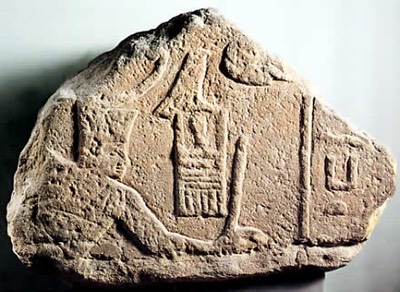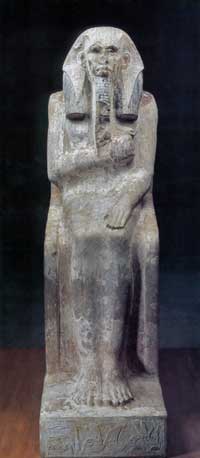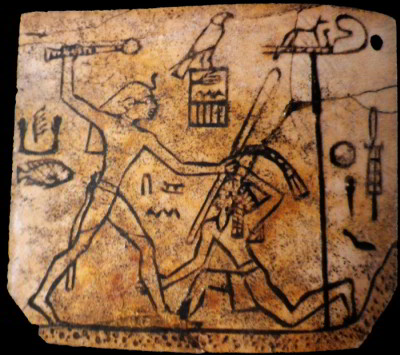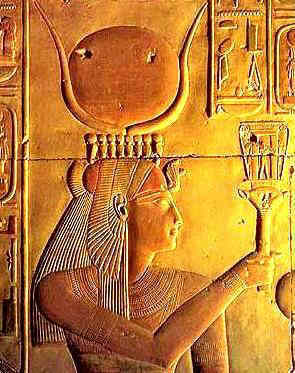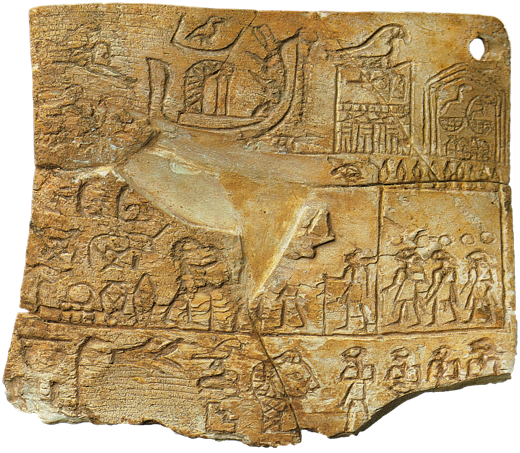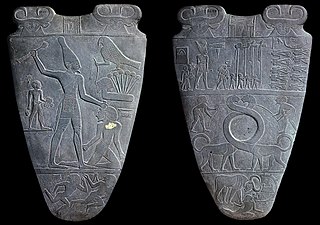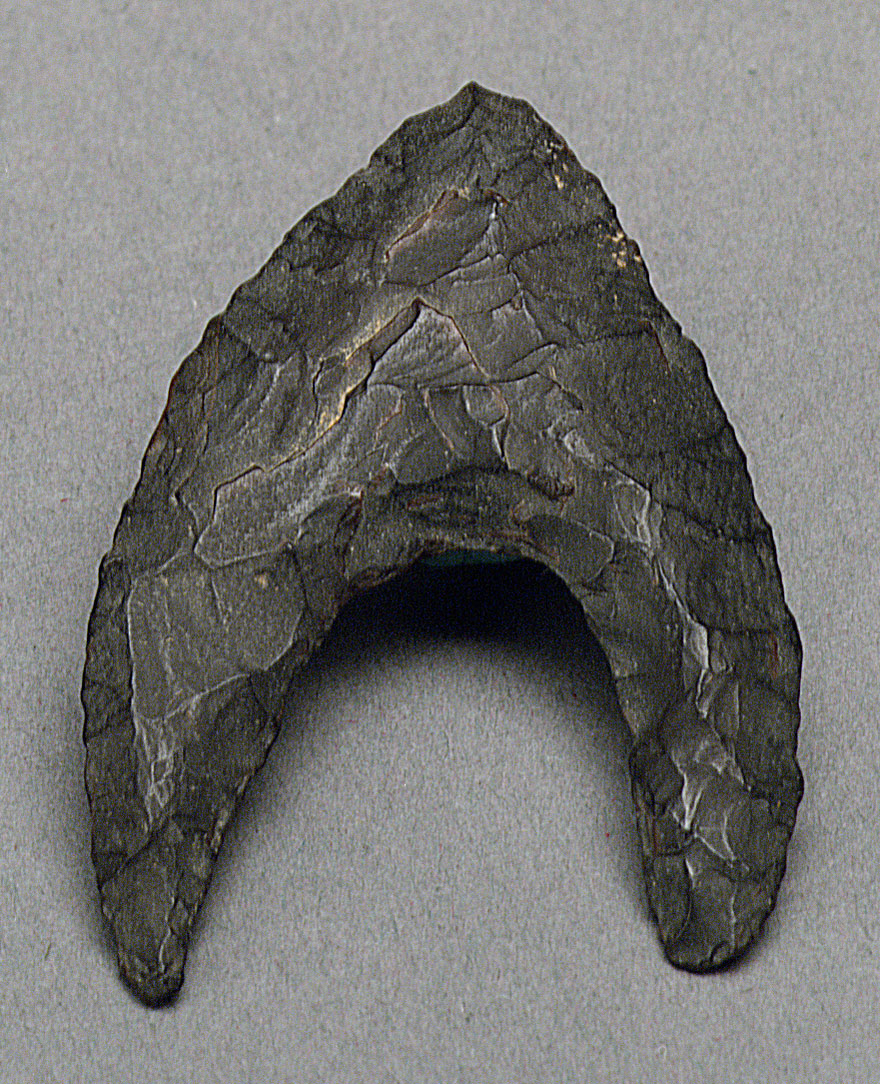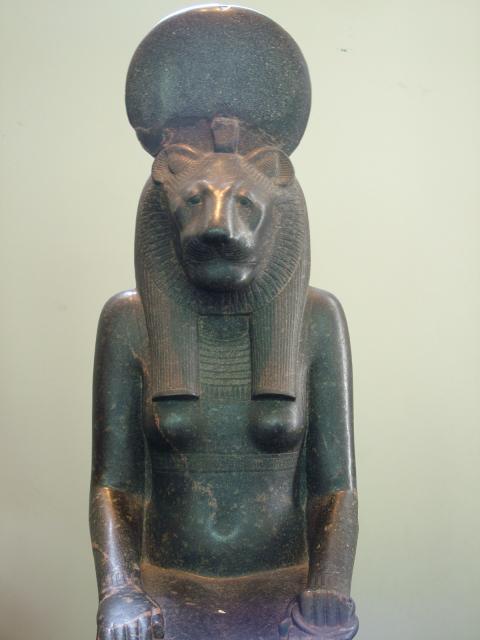Having discussed a bit of the Pre-dynastic period out of which sprung the unification of Upper and Lower Egypt thereby establishing the first dynasty of Ancient Egypt, it seems that we should move into the culture. But how did the Egyptians think and live during the Pre-dynastic period? What did they believe? The answers to these questions can be found in their literature. According to the Egyptologist and the author of Ancient Egyptian Literature, Miriam Lichtheim, literature was first discovered in the form of a
Prayer List. Leichtheim goes on to say that these lists mainly contained food, fabrics, and ointments that were carved on their tomb walls. In the following paragraphs, the literature of the Pre-dynastic and Old Kingdom shall come alive. This will expose us to Ancient Egyptian thought of the time as well giving us a window into their culture and customs.
 |
| Offering Formula |
To begin, the above
Prayer List gives us a basic list of things that the deceased must have in their travels throughout the Underworld and afterlife. These prayer lists may have already existed however in spoken form until someone finally decided to write this down. This, soon after, led to the establishment of a
Prayer for Offerings. This
Prayer for Offerings would then become a substitute for the
Prayer List which was already lengthy by that point in history. So if you, the reader, would like the author's opinion, it is possible that the first evidences of writing may have appeared in Egypt but that is debatable with the advent of writing found in Mesopotamia. It is imperative to understand as well that both the
Prayer Lists and
Prayer for Offerings, especially the
Prayer Lists, existed during the Pre-dynastic period.
Getting back to Lichtheim though, it is equally noteworthy to understand that Ancient Egypt employed not only the
Prayer Lists and
Prayer for Offerings but in addition to these, they used autobiographies and catalogues of virtues. All of these literary devices can be found in the tombs of the Ancient Egyptians, which for our purposes here in the Old Kingdom, are called mastabas. Mastaba is the Arabic word for bench which is exactly what these tombs looked like. Now, it must be said that these autobiographies did not appear in Pre-dynastic tombs but rather in the tombs of the Old Kingdom prior to the Pyramid Age.
 |
| Mastaba courtesy of wikipedia.com |
A morbid and ghastly discovery has been made however in the tombs of a Pre-dynastic town called Nubt (Naqada) which existed between 3500 and 3000 bc. Toby Wilkinson, in book entitled
The Rise and Fall of Ancient Egypt, human bones have been found around the walls of tombs. These bodies were buried with the tomb owner. Did their enterrement suggest that they sacrificed themselves? Probably not. However upon further discovery the bodies were found decapitated and some had their throats slit which leads to the conclusion they were killed. Another problem with self-sacrifice however is that these retainer sacrifices (as they are termed) were rather young upon death. It is evidenced as well that these retainer sacrifices were so loyal that upon their owner's or master's deaths they both willingly took their own lives in order to serve him in the next life. Unfortunately, upon even further inspection of these graves, it has been again suggested that strangulation is the proposed cause of death which has led some Egyptologists to believe that the king has phenomenal power over his subjects. The same discoveries occurred in the cities of Nekhen (Hierokonopolis) and Adaima. This practise, unfortunately, reached its peak with the kings Djer and Djet of the First Dynasty. After these kings however, the practise drew to a close which eventually led to the invention of ushabti figurines found later in tombs of the elite. Wilkinson does put forth a grim question to the abolition of this practise of retainer sacrifices though. Was it an economical or ideological reason that led its stop?
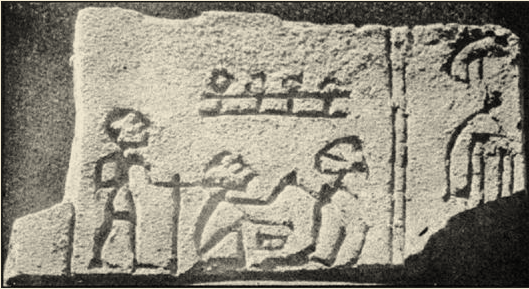 |
| Retainer Sacrifices courtesy of topnetz.com |
Moreover with the royal tomb itself, its goal was rather simple. The tomb was to allow the king to not only reside with his people but preside over the ceremonies for all eternity. Interestingly, the tomb of the kings was called
Per Djet which does mean House of Eternity. Dominic Perry of the Ancient Egyptian History Podcast states that the kings of the Pre-dynastic period, with their tombs, prayer lists or offerings for prayers, and retainer sacrifices, had everything needed to enter the West or afterlife but not after traversing the Underworld which is another blog entirely of itself. Throughout the rest of the Pre-dynastic period and the Old Kingdom, it can be seen that, with each mastaba or tomb, that it becomes more and more elaborate.
Prayer Lists led to
Prayers for Offerings and then came autobiographies and catalogues of virtues. The tomb itself even become more elaborate with each king adding something else to the tomb which evolved into the colossi that is visible throughout the whole of Egypt today beginning with the king Netjerikhet and his Stepped Pyramid and leading to the pyramids that dominate the Giza plateau today.
In conclusion, the Pre-dynastic period and the Old Kingdom was a continuation of development in the wake of literature that can be seen in the forms of
Prayer Lists, Prayers for Offerings and autobiographies on the tomb walls of the pharaohs. Unfortunately, this development led to the grim and shocking discovery of retainer sacrifices as well. Fortunately, this horrific practise came to an abrupt stop which would later be replaced by ushabti figurines that would serve their owners in the afterlife in later dynasties. Then finally the tomb, itself, served not only to house the king throughout all eternity but also allowed the king to preside over ceremonies. All of these things culminated in the rise of pharaoh not only as a king but as a divine king in later dynasties as well. It is through the development of literature and the tomb that kings began to elevate themselves to godhood as mentioned in the previous sentence and ensuring that they will enter the afterlife in safety.
References
Lichtheim, Miriam. 1973. Ancient Egyptian Literature Volume I: The Old and Middle Kingdoms
Wilkinson, Toby. January 2013. The Rise and Fall of Ancient Egypt
Perry, Dominic. Ancient Egyptian History Podcast. http://egyptianhistory.libsyn.com/







